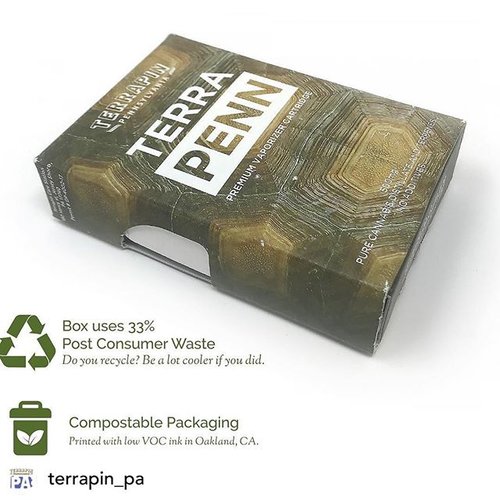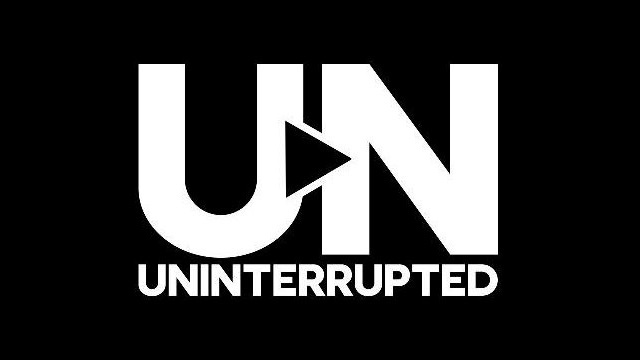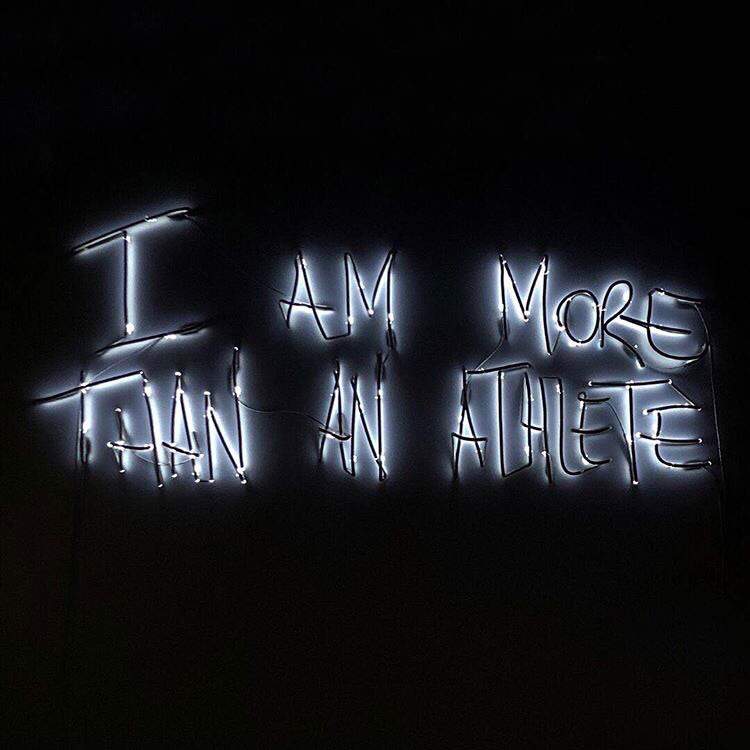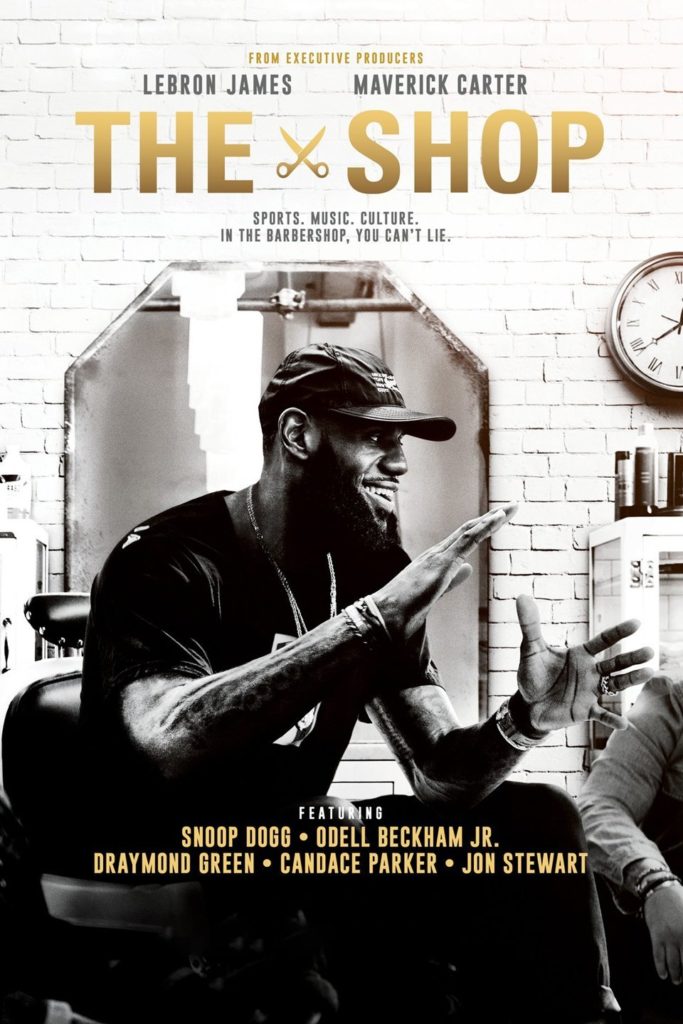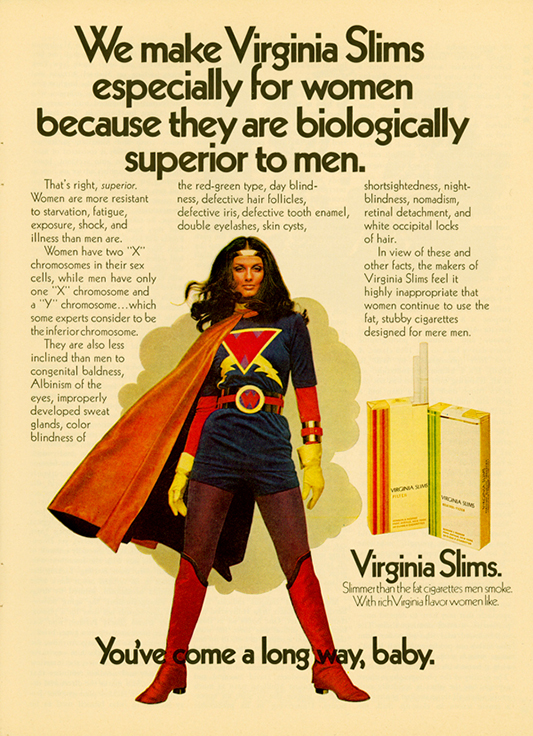Podcasters Are The New Influencers
Marketers listen up, a new market has emerged. Are you already apart of it? Over 124 million people in the United States now listen to podcasts. This is up 40 percent since 2017.
While podcasters and influencers seem like they are a world apart, they actually have a lot in common. Much how it was in its infancy on Instagram and YouTube, influencers were more organic and the audiences relationship with them was much more unique. Now, Brands are leveraging influencers on these platforms in the millions and taking every chance they can to gain a view, like, follow and of course a purchase of their product. But, the audience is getting tired. It’s hard to stand out in a crowd of millions. To top it off, influencers on these channels are guilty of perpetuating the unauthentic and promoting overly artificial content.
Let’s talk facts:
- 55 percent of listeners have positive sentiments toward ads that the host is reading
- 70 percent of listeners strongly agree that the products and services they learn about on podcasts are generally relevant to their interests
Podcasters are also seen as authentic, much like how Instagram influencers used to be:
- 52 percent agree that the hosts of podcasts they regularly listen to are actual users of the products or services mentioned on their shows
They have money to spend:
- 34 percent of podcast listeners reported an annual income of between $75K and $100K
- 40 percent of podcast listeners make more than $100K
The authenticity of podcasts is in large part due to its intimate nature. The feeling of intimacy, or conversation, allows for brands to advertise in ways that are more authentic and well-received by their audiences.
Some key takeaways for marketers and brands alike, advertising is almost impossible to miss in podcasts. Listeners are less likely to skip than they are to scroll past on Instagram. The ads are read by the podcasters themselves. This is authentic. It’s coming from the podcasters mouth – literally. Due to the podcaster reading the advertisement, they can also add their own inflection, personality and jokes, piling on the authenticity for your brand and still staying true to their podcast.
Podcasting is not the end for these new influencers. These podcasters, or your brands new influencers, don’t usually settle or end their careers with podcasting. They move on to bigger, sometimes better things. This is where brands come in. Build relationships with podcasters that can transcend their initial dive into podcasting. Take the chance on podcasts or podcasters that you feel represent your brand well. Work together, take the leap, and perhaps your brand can travel through their career with them and still keep that authentic feel.
References:
Gilliand, N. (2018, November 22). Pursuing authenticity: Why podcasts are the next big influencer platform. eConsultancy. Retrieved from https://econsultancy.com/are-podcasts-the-next-big-platform-for-influencers/
Kritzman, S. (2019, May 31). Sonic branding can be used to connect marketers with their audiences. AdWeek. Retrieved from https://www.adweek.com/brand-marketing/better-brands-are-formed-with-audio-that-evokes-emotion-and-generates-memories/
Perse, K. (2019, May 21). Podcasters are the new influencers. Here’s how to leverage them in your strategies. AdWeek. Retrieved from https://www.adweek.com/brand-marketing/podcasters-are-the-new-influencers-heres-how-to-leverage-them-in-your-strategies/
Schwartz, H. (2018, September 28). Why brands should look at podcasters as the new super influencers. WhoSay. Retrieved from https://www.whosay.com/newsblog/2018/9/28/why-brands-should-look-at-podcasters-as-the-new-super-influencers





